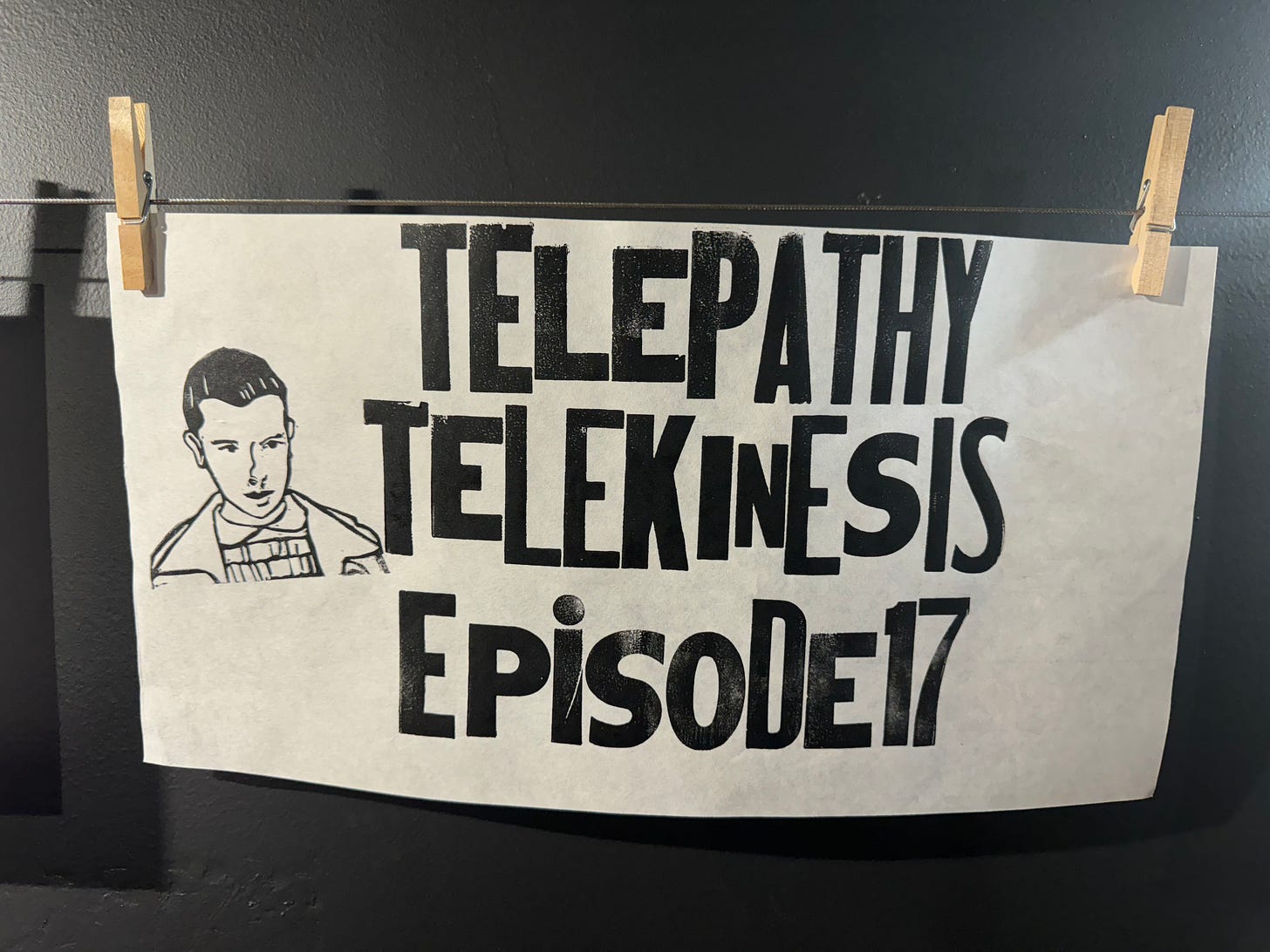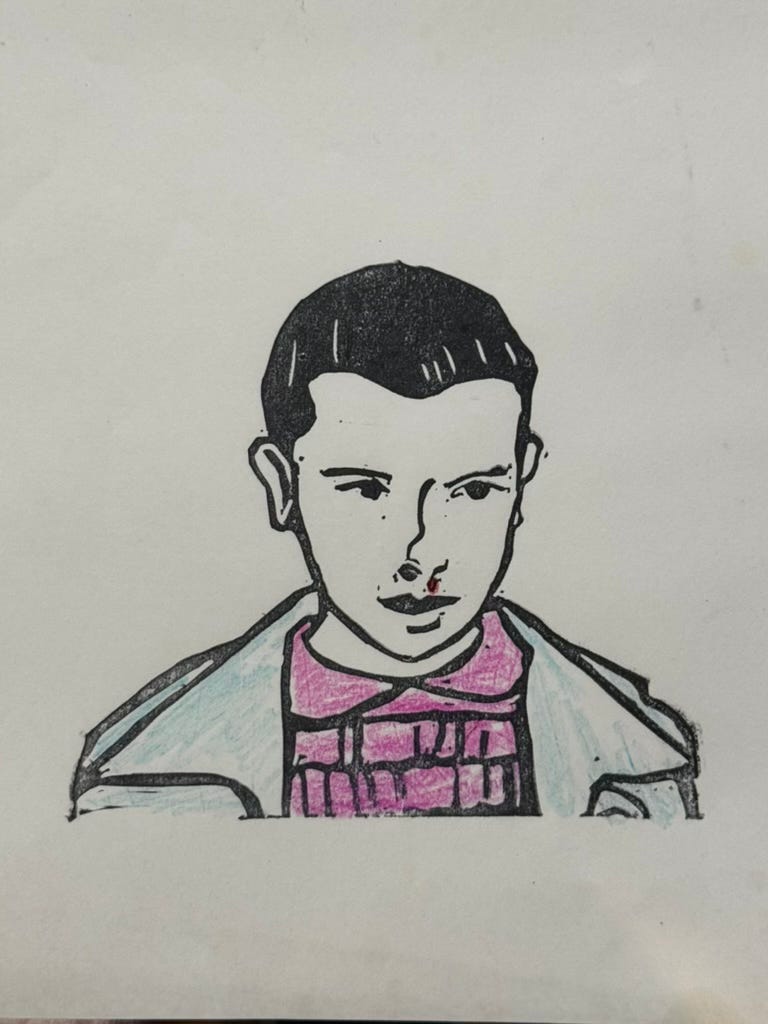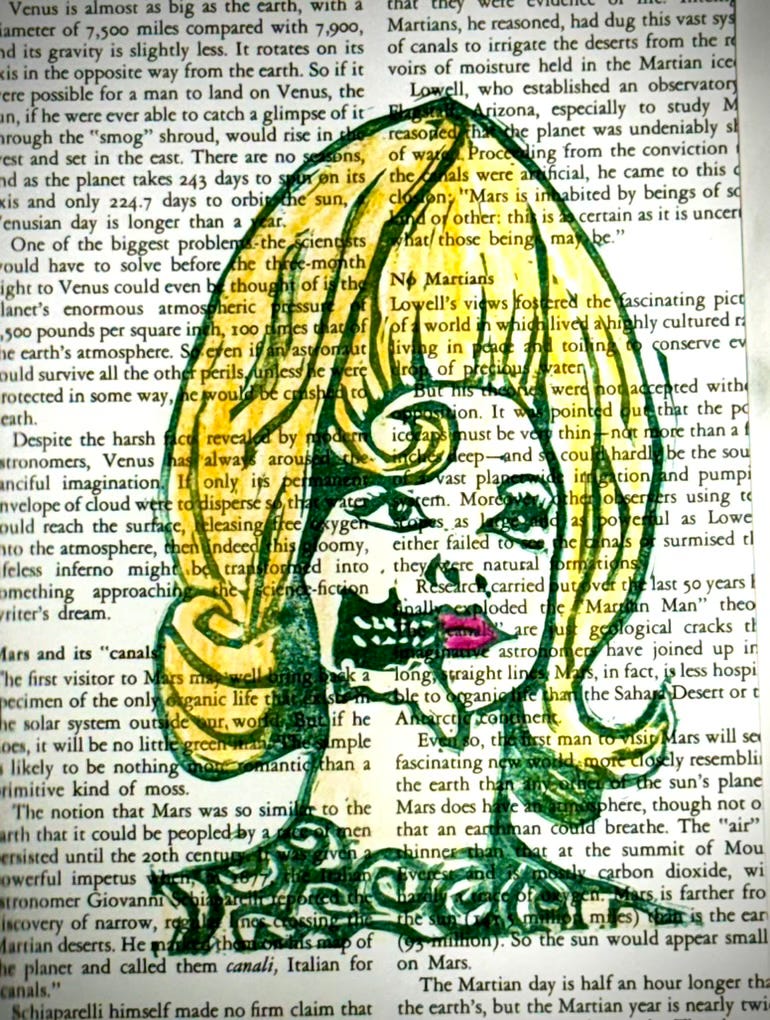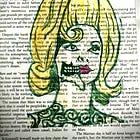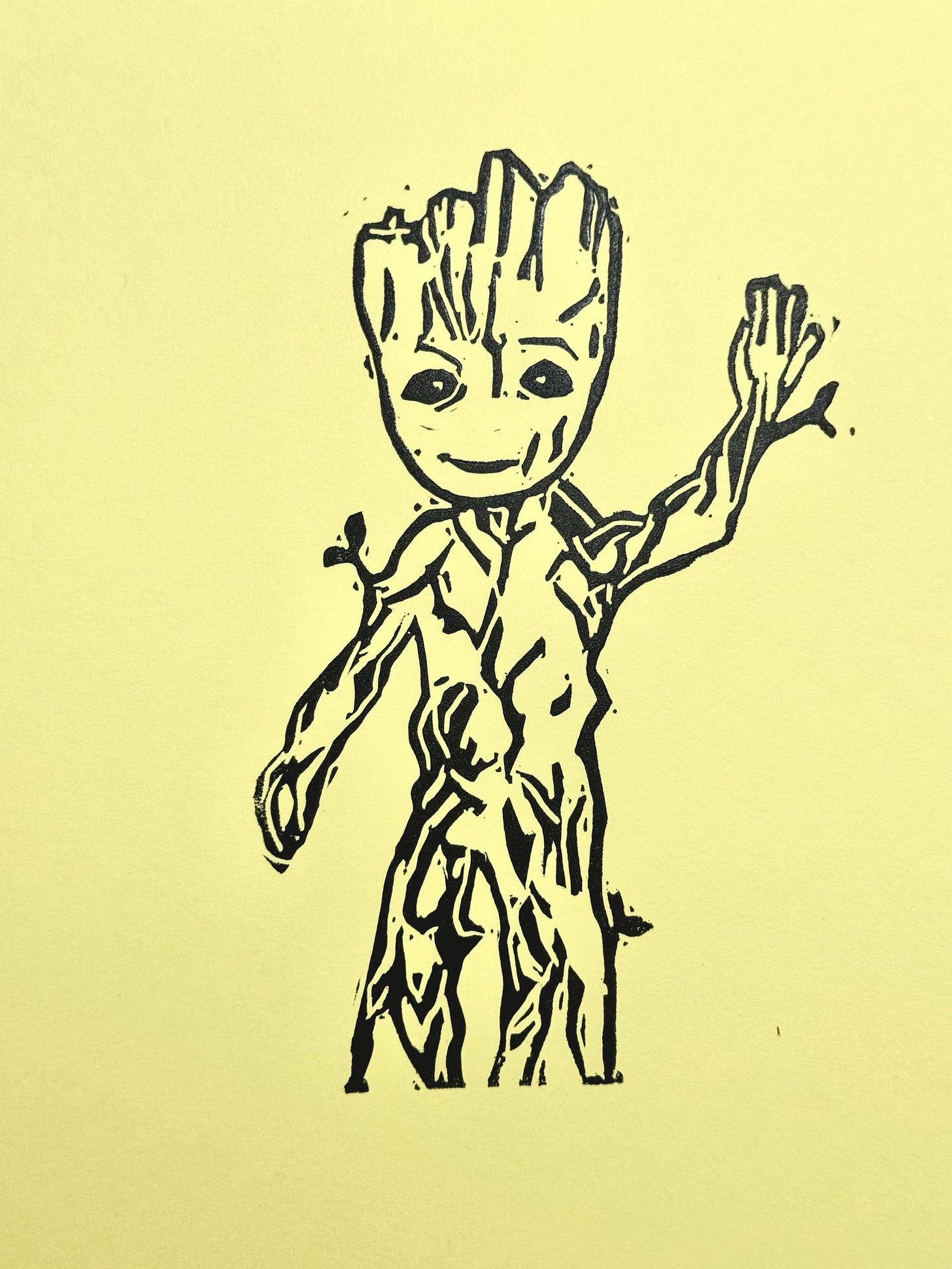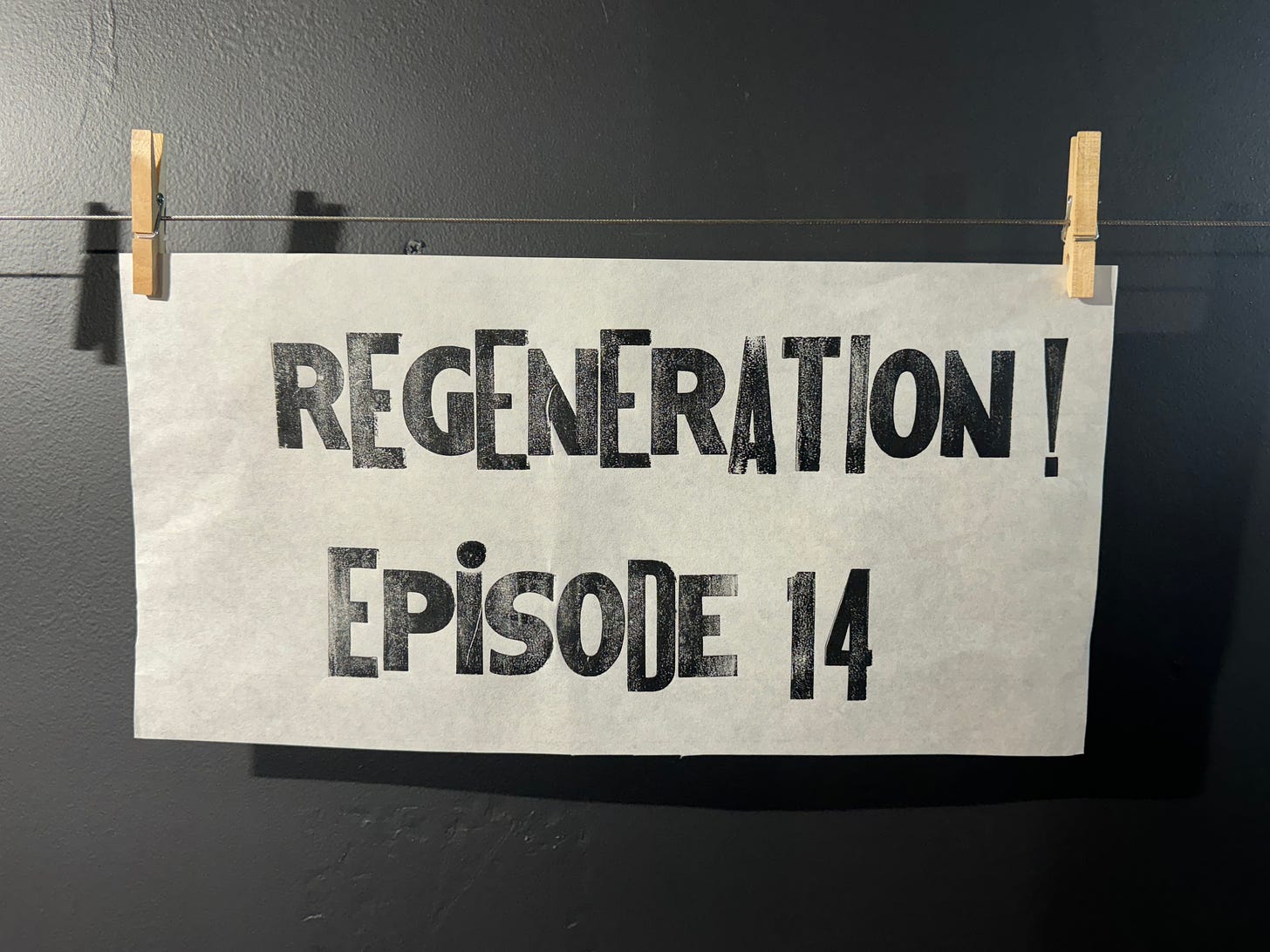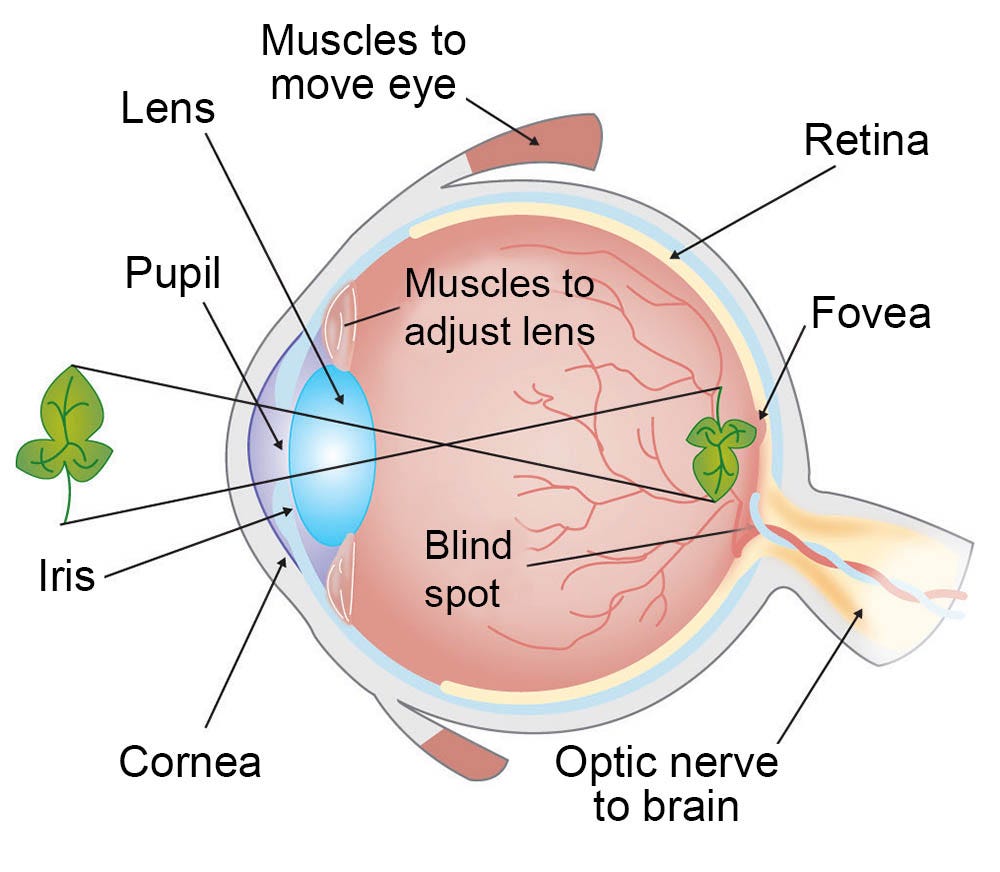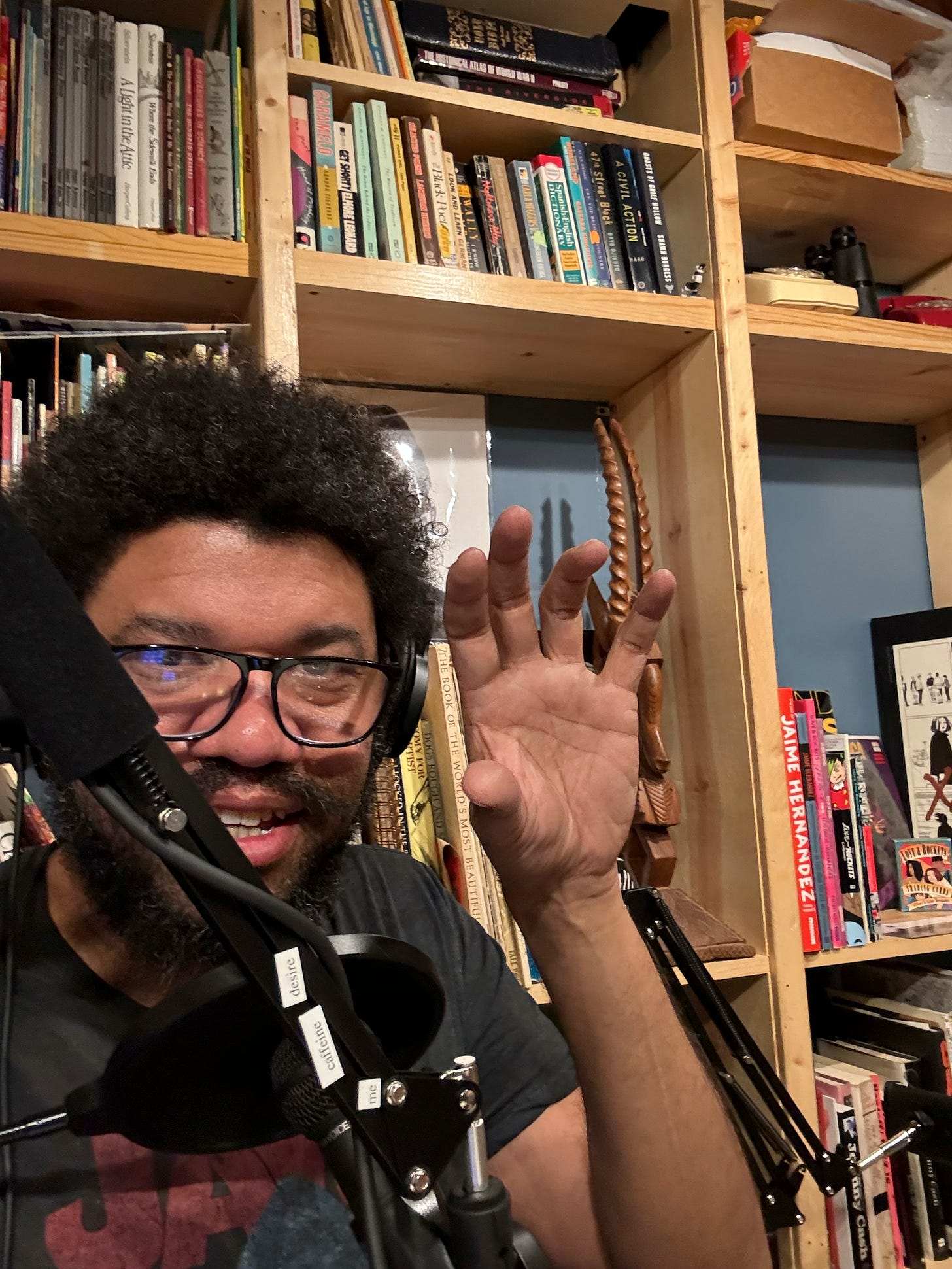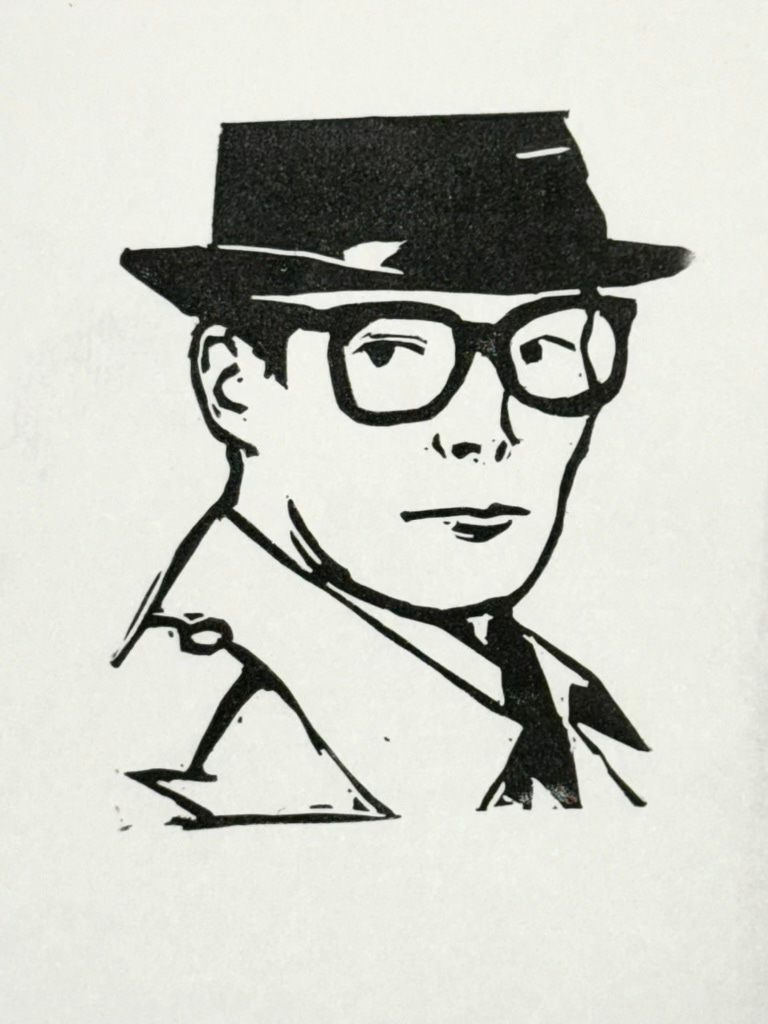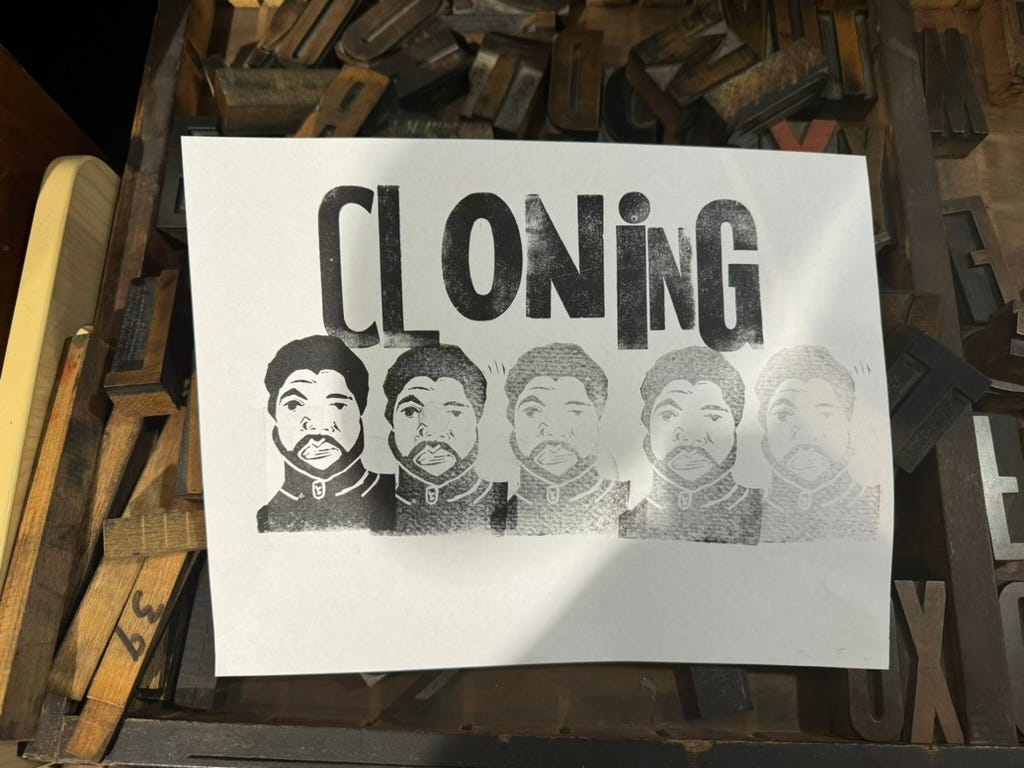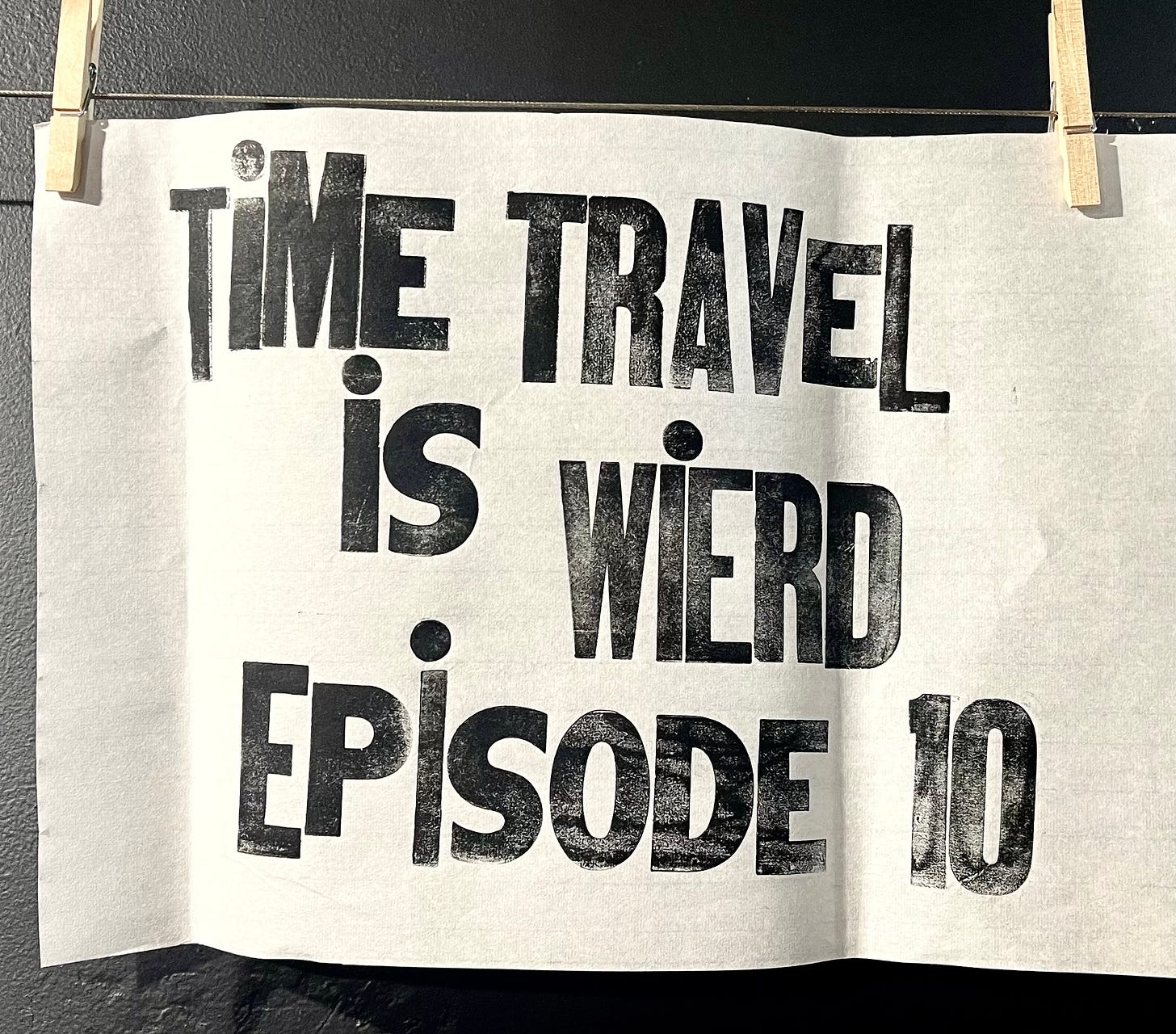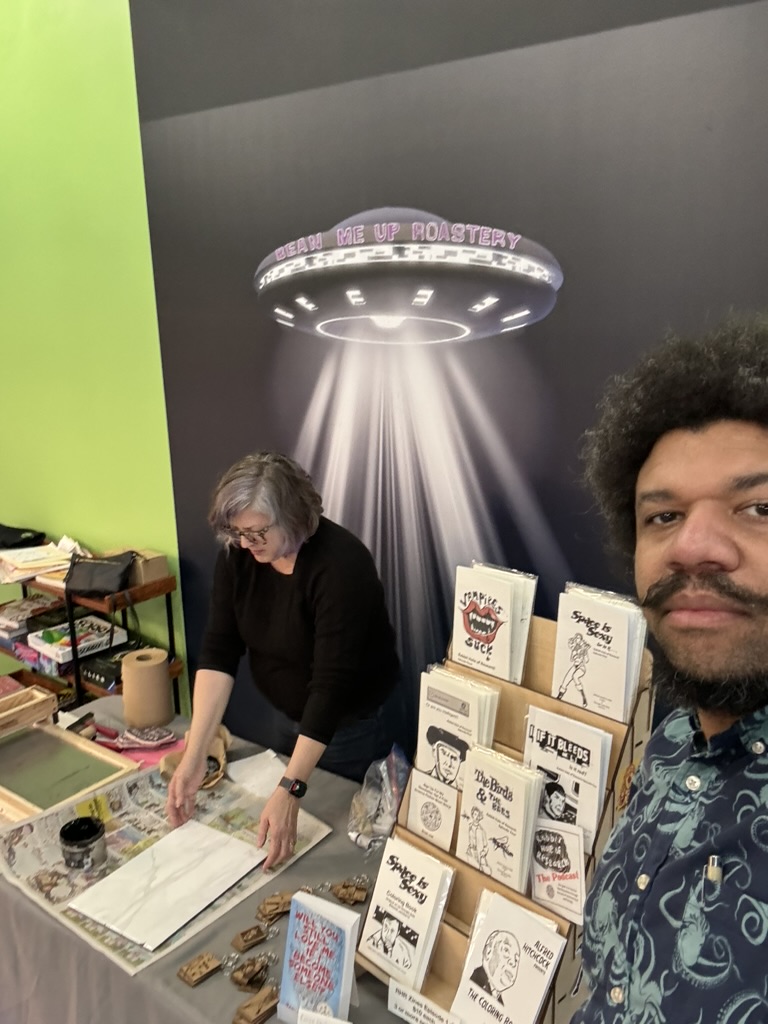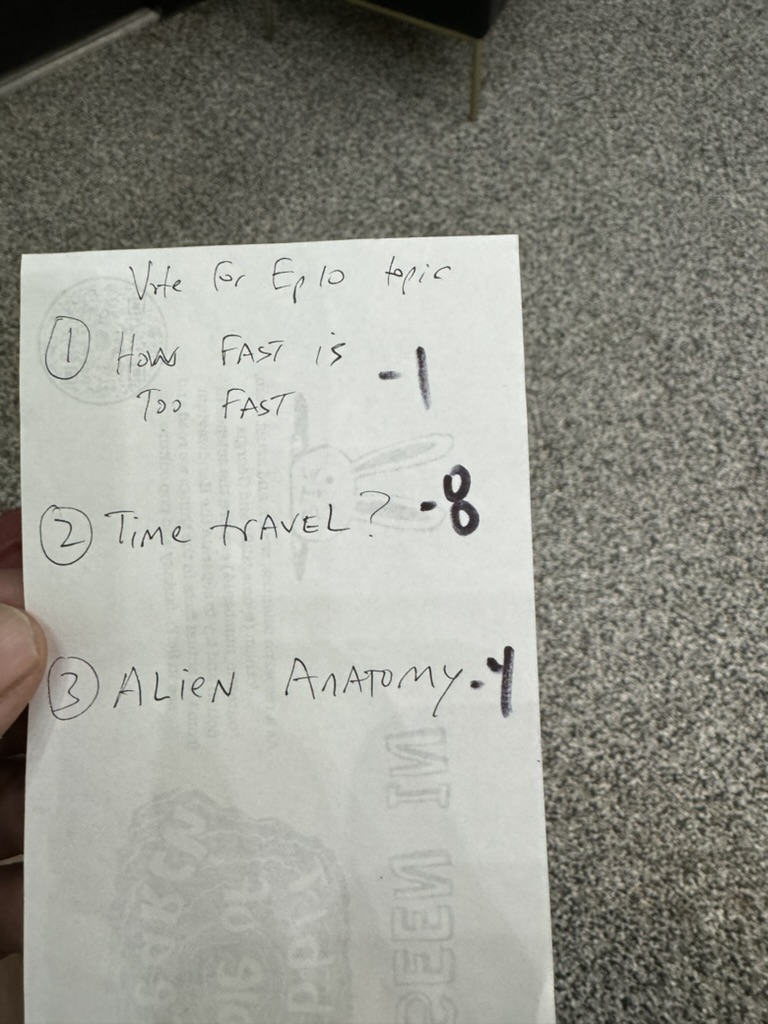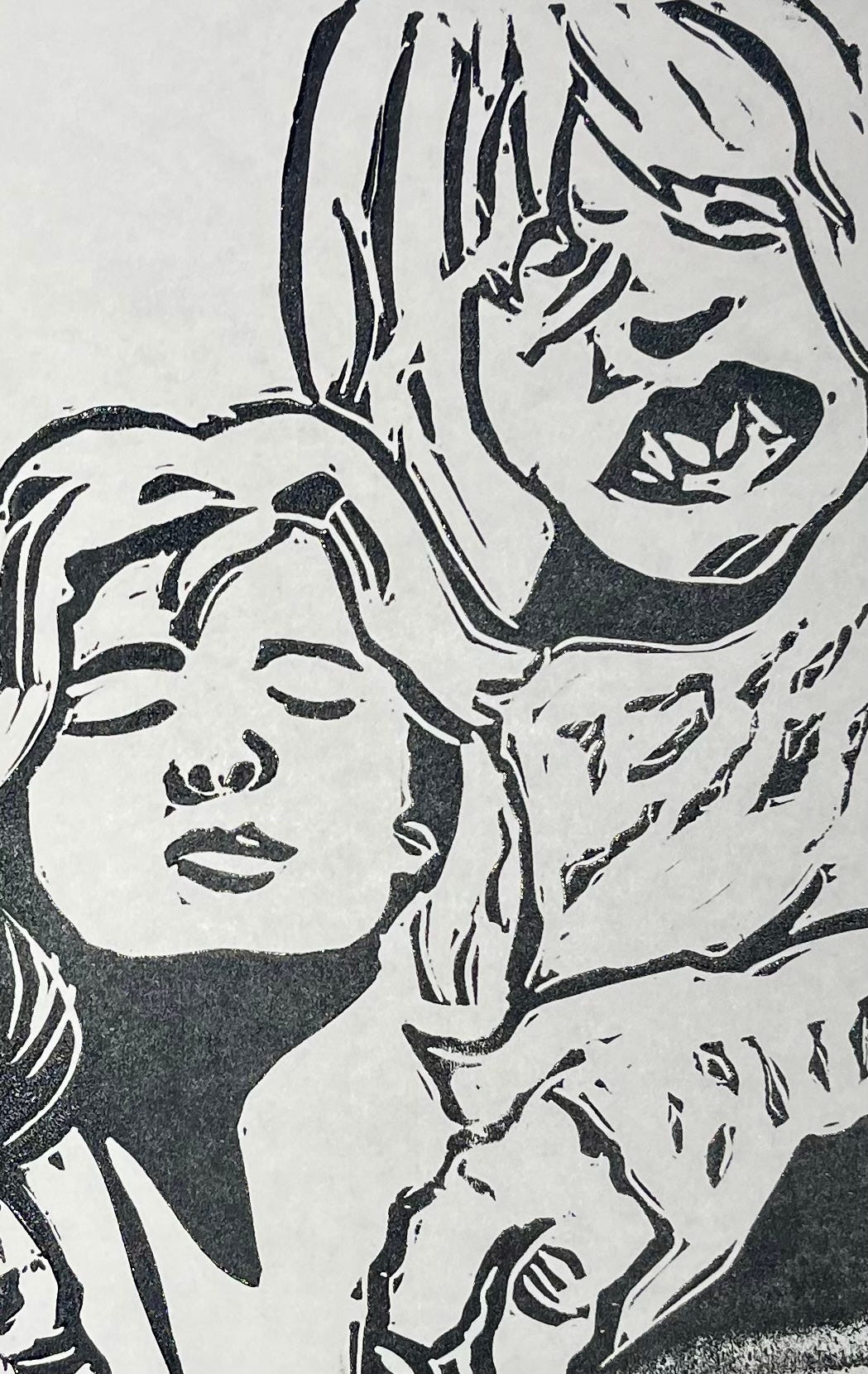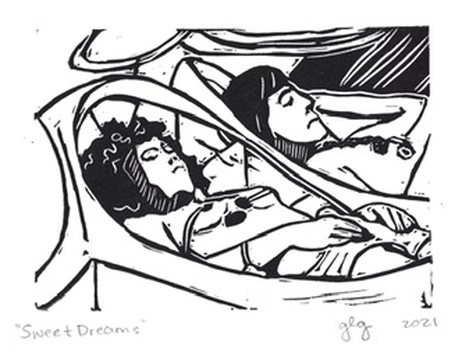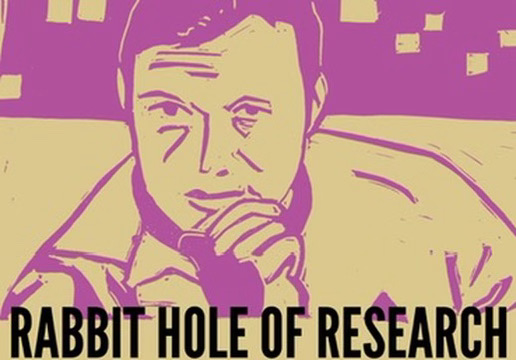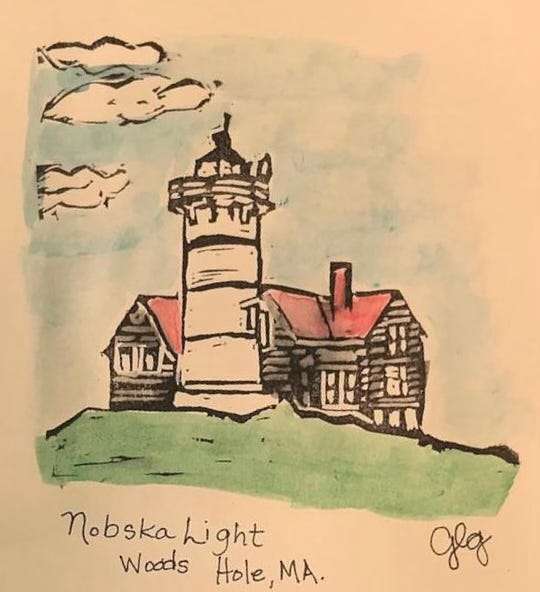Joe, Nick, and guest Michael Lynn talk about the science and handwavium of telepathy and telekinesis. Discussing everything from twins, government-funded research, brainwaves, to the truly bizarre.
In Episode 17 of the Rabbit Hole of Research, hosts Joe and Nick welcome guest Michael Lynn, a material scientist and YouTube creator behind the YouTube Channel: ROTOFORGE, to discuss the fascinating and mysterious topics of telepathy and telekinesis. They delve into historical references, pop culture depictions (like Jedi from Star Wars, Professor X from Marvel, and Matilda), and even touch upon government experiments such as those depicted in ‘The Men Who Stare at Goats.’ Michael provides insights grounded in science and even contemplates the potential of future technological advancements in brain communication. Enjoy the fun banter, quirky references, and let’s not forget—what’s everyone drinking today? Dive in for an exciting exploration of whether these fantastical abilities could ever become reality!
Join us on Discord: https://discord.gg/2nnmKgguFV
Guest: Michael Lynn follow him on his YouTube CHANNEL: ROTOFORGE
Subscribe and Share our Substack newsletter (https://jothamaustin.substack.com) to get email updates, never miss an episode, and spread the word!
artwork by
Georgia Geis @atomic_number14 https://www.instagram.com/atomic_number14/
Share with a Friend!
Joe’s Show Notes:
00:00 Welcome to Episode 17
00:18 Meet Our Guest: Michael Lynn
- Youtube channel: Rotoforge
01:09 Nick and Joe Communicated telepathically?
2:26 What are we Drinking?
- Joe: Two Hearted IPA, Bells Brewery and water
- Nick: Emo Emu by Sun King and Liquid Death
- Micheal: Soylent and Rum
- Movie: Soylent Green (1973)
03:44 The Science and Fiction of Telepathy
- Term coined in 1882 by Frederic W.H. Myers of the Society for Psychical Research, but similar ideas likely predated the term itself.
- Direct Mind-to-Mind Communication: the direct transfer of thoughts, emotions, or information between individuals without any intermediate tools or devices.
- Types of Telepathy:
- Emotive Telepathy: Transmission of emotions or feelings.
- Mental Telepathy: Transfer of thoughts, concepts, or ideas.
- Physical Telepathy: Influence over physical states or actions, often considered part of psychokinesis.
4:39 What is peer review?
Definition: the evaluation of scientific, academic, or professional work by others working in the same field.
4:49 Government Research and Historical Accounts
7:14 The ancient Indian Sanskrit epic Mahabharata
7:28 Jesus
8:17 1889 story “To Whom This May Come” by Edward Bellamy
8:48 Dr. Sleep (movie:2019)
10:45 fMRI- Functional Magnetic Resonance
11:51 The Concept of Twin Telepathy
12:31 Identical twins with similar brain structure
- Are the brains of monozygotic twins similar? A three-dimensional MR study
- Brain Volumes and Surface Morphology in Monozygotic Twins
13:07 Genetic sequencing of telepaths and twin telepathy
- Genetics of psychic ability – A pilot case-control exome sequencing study
- Lack of scientific evidence for telepathy and classify it as a pseudoscientific
15:22 Animal Communication and Brain Waves
- John Lilly
- Elephants: use low-frequency rumbling calls eallowing for transmission of simple messages over long distances.
- Cetaceans (whales, dolphins): echolocation may involve a form of telepathy by encoding information in sound waves.
- Primates: chimpanzees and bonobos may have a basic form of mind-reading by interpreting each other’s intentions and emotions.
16:33 Brainwaves
- Brainwaves are the electrical impulses generated by the billions of neurons communicating with each other in the brain. These waves of electrical activity can be detected and measured using techniques like electroencephalography (EEG).
- There are several main types of brainwaves, categorized by their frequency ranges:
- – Delta waves (0.1-3 Hz): Deep sleep, unconscious states
- – Theta waves (4-7 Hz): Light sleep, meditation, intuition
- – Alpha waves (8-12 Hz): Relaxed but awake state
- – Beta waves (13-30 Hz): Alert, focused mental activity
- – Gamma waves (30+ Hz): Higher cognitive functions
17:00 Brain Computer Interface (BCI) and Biophotonics
- Brain-Computer Interface (BCI) technology creates the ability for humans to communicate directly with machines.
- Brainwave based authentication
- Brain Password
- In 2015, Andrea Stocco and his colleagues at the University of Washington in Seattle demonstrate first brain-to-brain interface
- In 2018, brain-to-brain interface between three people
20:19 Japanese concept of “ishin-denshin“
26:18 Long Term exposure to microwaves
- Effects of microwave radiation on brain energy metabolism and related mechanisms
- Investigation of the spinal cord as a natural receptor antenna for incident electromagnetic waves and possible impact on the central nervous system
22:06 Theoretical Possibilities and Genetic Engineering
27:14 Organoid
28:29 Super-man story and Space Jesus
- The Reign of the Super-man (1933)
- a short story written by Jerry Siegeland illustrated by Joe Shuster
31:11 Telepathy and Corporate Espionage
32:10 Nick Cage movie Next (2007)
- Telechronology—Rabbit Hole of Research original term for mental time-travel
37:05 Telekinesis and Government Experiments
- Men Who Stare at Goats — 2009 Movie
- Government study
38:54 Sheep go to Heaven and Goats go to Hell
- Cake song (1998-Album:Prolonging the Magic)
- Biblical reference:Parable of The Sheep and the Goats from Chapter 25 of the Gospel of Matthew
42:00 Telekinesis: it’s always about the Calories
- Eleven from Stranger Things always eating Eggo Waffles (180 Calories per waffle).
47:31 Chicago Southside Makerspace
48:29 Francis E Deck
49:23 Nick Cage movie reference again
50:00 Monsters, Inc (2001)
- Children are rumored to have telekinetic powers
50:22 Telepathy in Fiction and Pop Culture
- Michael: Deanna Troy (Star Trek: Next Generation)
- Nick: Professor Xavier and Matilda Honey
- Joe: Scanners (1981) and Carrie (1976 movie) 1974 Stephen King novel
53:59 Wrapping Up and Final Thoughts
Check out Michael’s Youtube channel: Rotoforge
Give us 5 stars!
Share this with a friend!
Leave a comment!
Okay, that’s it for this episode. How’d we do?
You can always email (I do answer back), click the comment link below, or follow me online for real time tracking.
